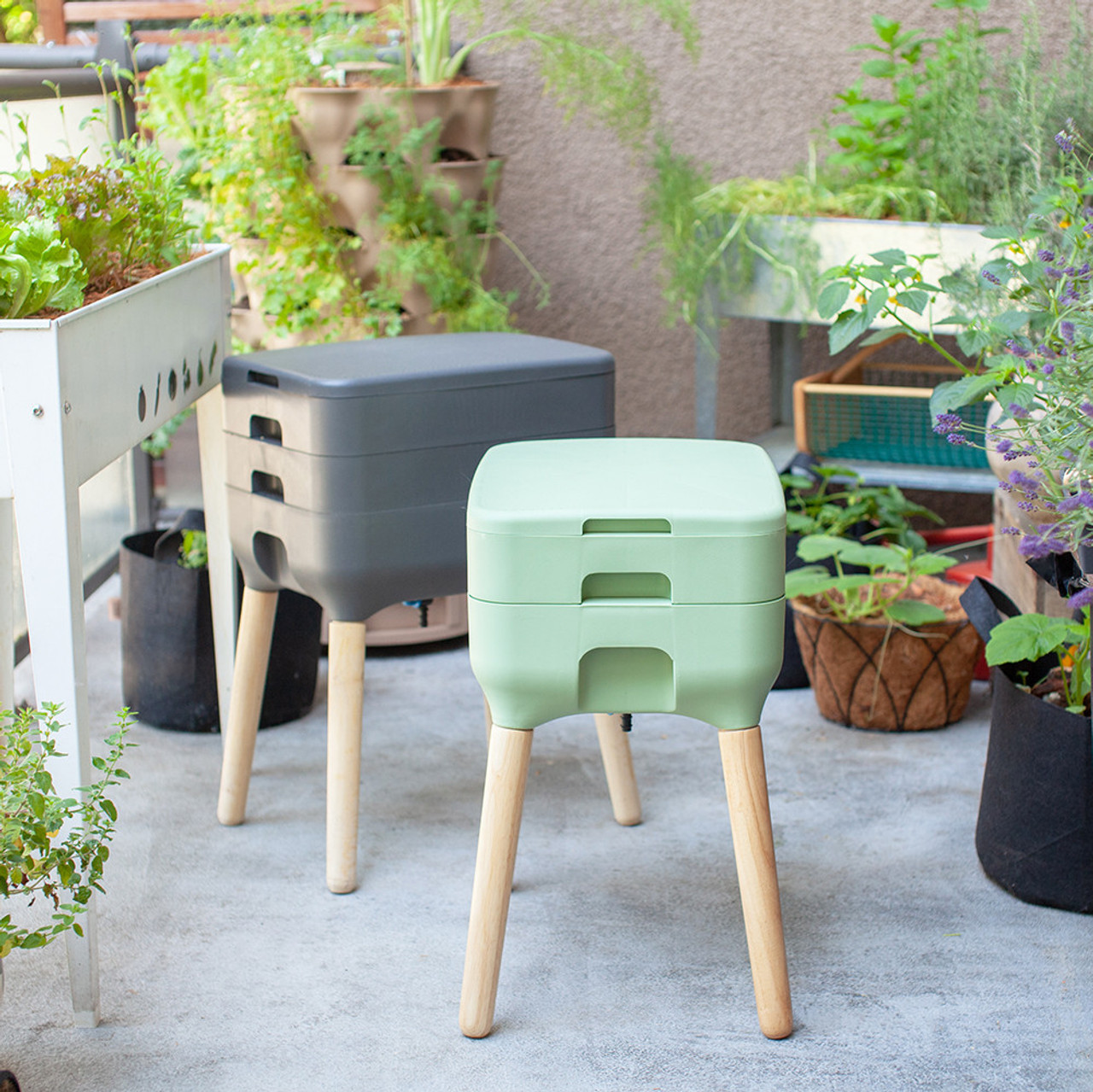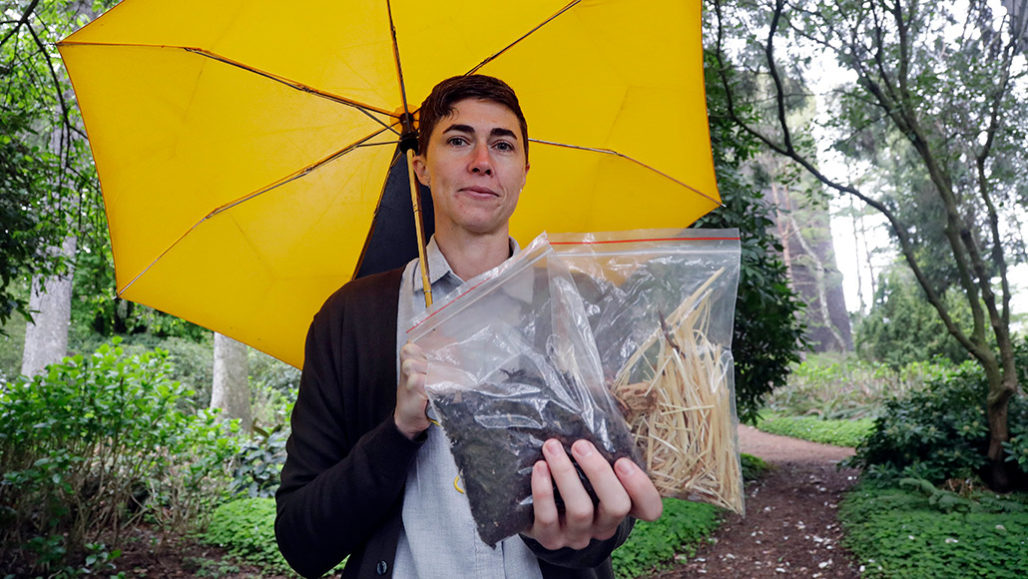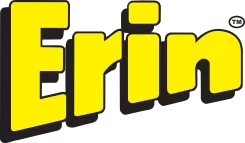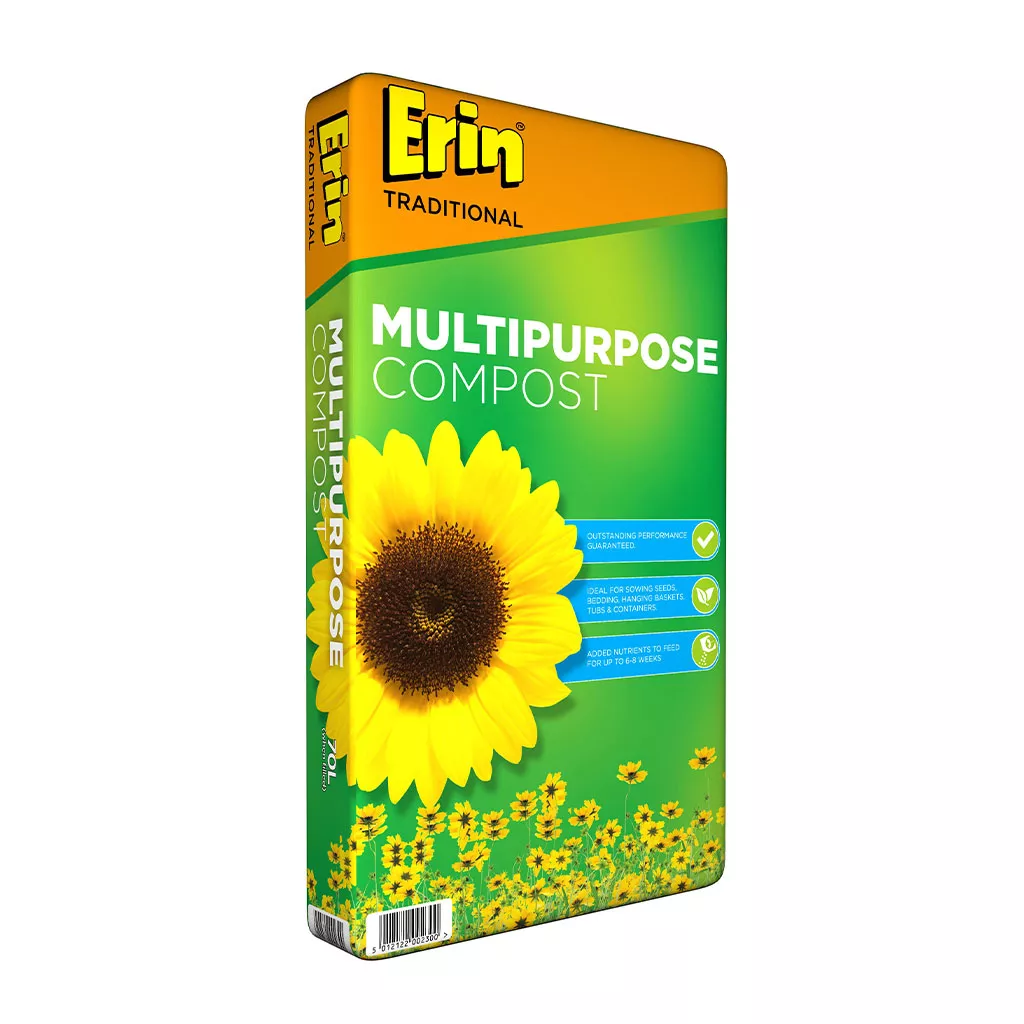Erin Compost: The Ultimate Guide To Creating Rich Nutrientdense Compost
Title: Erin Compost: The Ultimate Guide to Creating Rich, Nutrient-Dense Compost
Introduction:
Compost is a natural fertilizer that can be used to improve the health of your soil and your plants. It is made by decomposing organic materials, such as food scraps, yard waste, and paper products. Composting is a great way to reduce your waste, save money on fertilizer, and help the environment.
In this blog post, I will provide you with the ultimate guide to creating rich, nutrient-dense compost. I will cover everything you need to know, from choosing the right materials to turning and watering your compost pile. By the end of this post, you will be an expert in composting!
Main Content:
Choosing the Right Materials
The first step in composting is choosing the right materials. You will need a mix of green and brown materials. Green materials are high in nitrogen, while brown materials are high in carbon. A good ratio of green to brown materials is 3:1.
Some good green materials include:
- Grass clippings
- Vegetable scraps
- Fruit scraps
- Coffee grounds
- Tea bags
Some good brown materials include:
- Shredded newspaper
- Cardboard
- Sawdust
- Wood chips
- Leaves
Building Your Compost Pile
Once you have gathered your materials, you can start building your compost pile. The pile should be at least 3 feet wide and 3 feet tall. You can build your pile in a bin, a tumbler, or a heap.
To build your pile, simply layer the green and brown materials in alternating layers. As you add materials, be sure to water the pile regularly. The pile should be moist but not soggy.
Turning and Watering Your Compost Pile
Once you have built your compost pile, you will need to turn it regularly. Turning the pile helps to aerate the materials and speeds up the decomposition process. You should turn your pile every 2-3 weeks.
You will also need to water your compost pile regularly. The pile should be moist but not soggy. If the pile is too dry, the decomposition process will slow down. If the pile is too wet, it may become anaerobic, which can produce harmful gases.
Harvesting Your Compost
It can take anywhere from 3-12 months to create finished compost. Once your compost is finished, you can harvest it and use it to improve your soil.
To harvest your compost, simply spread it out on a tarp and sift out any large pieces of material. You can then store your compost in a bin or a bag.
Conclusion
Composting is a great way to reduce your waste, save money on fertilizer, and help the environment. By following the tips in this blog post, you can create rich, nutrient-dense compost that will benefit your plants and your soil.
Erin compost is a great way to improve your soil and help your plants grow. It is made from organic materials that are broken down by bacteria and fungi. This process creates a nutrient-rich soil amendment that can help your plants thrive.
To learn more about Erin compost, visit Garden Wiki.
FAQ of erin compost
- What is Erin compost?
Erin compost is a type of compost that is made from food scraps, yard waste, and other organic materials. It is a great way to reduce your waste and improve the health of your soil.
- How do I start an Erin compost pile?
There are many ways to start an Erin compost pile. You can use a traditional compost bin, a tumbler, or even a simple pile of materials in your yard. Here are the basic steps on how to start an Erin compost pile:
- Find a spot in your yard that gets plenty of sunlight and has good drainage.
- Build a bin or pile that is at least 3 feet wide and 3 feet tall.
- Add a layer of twigs or straw to the bottom of the bin or pile.
- Add alternating layers of green (nitrogen-rich) and brown (carbon-rich) materials.
- Keep the compost moist, but not soggy.
- Turn the compost pile every few weeks to help it break down faster.
- What materials can I add to my Erin compost pile?
You can add a variety of materials to your Erin compost pile, including:
Food scraps: Fruits, vegetables, bread, pasta, rice, coffee grounds, tea bags, eggshells
Yard waste: Grass clippings, leaves, weeds, flowers, straw, wood chips
Other organic materials: Manure, sawdust, wood shavings, paper, cardboard
What materials should I avoid adding to my Erin compost pile?
There are a few materials that you should avoid adding to your Erin compost pile, including:
Meat, dairy, or cooked food
Grease, oil, or fat
Pet waste
Pathogen-infested materials
Weed seeds
How long does it take for Erin compost to break down?
The amount of time it takes for Erin compost to break down depends on a number of factors, including the type of materials you add, the size of your pile, and how often you turn it. In general, it takes 3-6 months for Erin compost to break down completely.
- How do I use Erin compost?
Erin compost can be used to improve the health of your soil. It can be added to garden beds, potted plants, and lawns. It can also be used to make potting soil or seed starting mix.
Image of erin compost
- A pile of compost with a variety of decomposing materials, such as leaves, grass clippings, and food scraps.

- A close-up of a worm composting bin, with worms crawling through the compost.

- A person turning a compost pile with a pitchfork.

- A garden bed with lush, healthy plants that have been fertilized with compost.
- A child planting a seedling in a pot filled with compost.

- A woman harvesting vegetables from her garden that have been grown with compost.

- A sign that reads "Erin Compost: Helping You Create Healthy Soil."
- A logo for Erin Compost that features a worm and a pile of compost.

- A website for Erin Compost that provides information about composting and how to get started.

- A social media post from Erin Compost that features a photo of a compost pile and the caption "Composting is good for the planet and your garden!"

Post a Comment for "Erin Compost: The Ultimate Guide To Creating Rich Nutrientdense Compost"